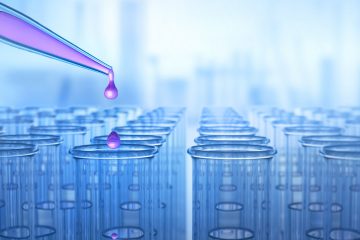R esearchers at Harvard Medical School have identified a new family of proteins involved in the synthesis of bacterial cell walls. This study found that shape, elongation, division and sporulation (SEDS) peptidoglycan proteins have a major part in the formation of bacterial cell walls. For decades it was thought that penicillin-binding proteins (PBP’s) were the only set of enzymes that worked in complexes to build the cell wall. Now it appears there are two sets of enzymes working in two different systems. The researchers findings entitled, “SEDS Proteins are a Widespread Family of Bacterial Cell Wall Polymerases” were published in Nature, International Weekly Journal of Science, on August 15, 2016. [1] Perhaps this discovery will lead to new treatment for Lyme disease.
But First, Some Background
All living organisms (except viruses) have cells. Cells are the basic building blocks of life. All cells have an outer envelope comprised of membranes. Human cells have a semi-permeable membrane, while bacterial cells contain peptidoglycan, which gives their cells a more rigid exoskeleton. The cell wall plays a critical role in helping bacteria survive within a hostile environment–it is like the bacteria’s coat of armor. [2]….. Join or login below to continue reading.
2 Reader Comments
Comments are closed.





























LonnieRhea-
Why in your opinion- Is big pharma leery of Lyme?
I’m not sure why pharma has ignored Lyme. I think Lyme has been overlooked mainly because it has been difficult to prove whether the current antibiotics are working. We know anywhere from 10-36% of patients are left with debilitating symptoms after standard treatment. We also know that standard antibiotics are failing to eradicate Borrelia in the laboratory. If pharma only knew we have 300,000 patients per year with Lyme (6 times the number of patients with AIDS) maybe they’d see the need?